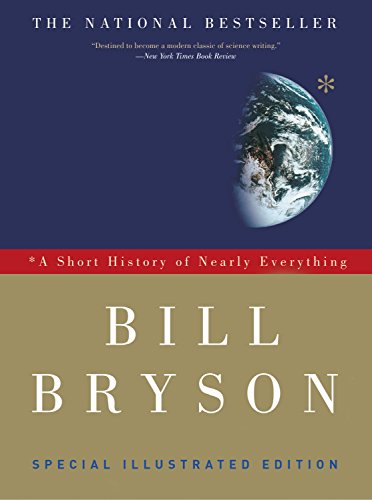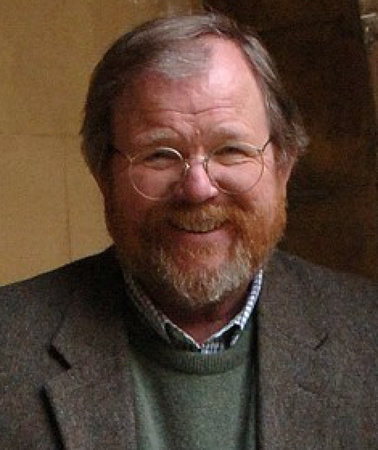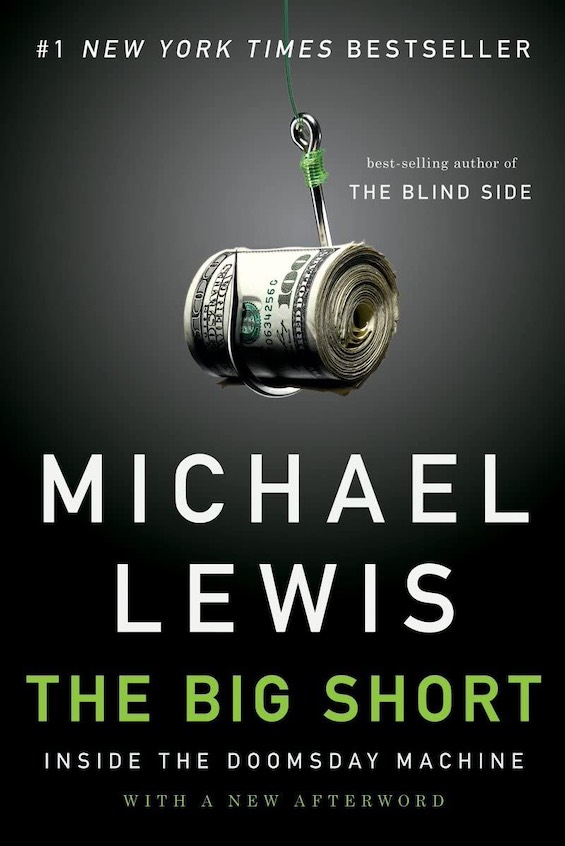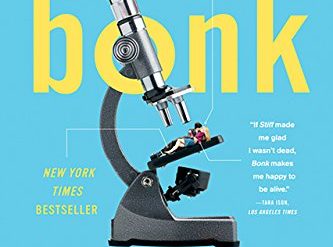
You can hardly scan the top stories on the news these days without coming across am article about some new breakthrough discovery in science or medicine. And, chances are, you’re lucky to get through the third paragraph without becoming totally befuddled by the complexity and jargon of the story. It’s easy to get the impression that science has answered all the big questions and is spending more and more time and money focusing on the little ones. Read Bill Bryson‘s A Short History of Nearly Everything, and you will quickly be disabused of that illusion. This engrossing revisionist history of science will make clear to you how little we know about where we come from or the universe we live in.
Estimated reading time: 5 minutes
We have little understanding of the universe
Truth to tell, the human race is still abysmally ignorant of some of the most fundamental matters that determine how, why, and where we live. As Bryson writes, “we live in a universe whose age we can’t quite compute, surrounded by stars whose distances we don’t altogether know, filled with matter we can’t identify, operating in conformance with physical laws whose properties we don’t truly understand.” And if you know much at all about science, you’ll know he’s right.
A Short History of Nearly Everything by Bill Bryson (2003) 544 pages ★★★★☆

Surprises about in this revisionist history of science
If you’ve ever seen one of those nifty world maps that shows the ancient continent of Pangaea splitting neatly into today’s familiar continents, guess again. “Kazakhstan, it turns out, was once attached to Norway and New England,” writes Bryson. One corner of Staten Island, but only a corner, is European. So is part of Newfoundland. Pick up a pebble from a Masschusetts beach, and it’s nearest kin will now be in Africa. The Scottish Highlands and much of Scandinavia are substantially American. Some of the Shackleton Range of Antarctica, it is thought, may once have belonged to the Appalachians of the Eastern U.S. Rocks, in short, get around.”
Compared to dinosaurs, we’re barely out of the womb
Or consider what we think we know about life on Earth. Bryson explains: “Of the billions and billions of species of living things that have existed since the dawn of time, most—99.99 percent—are no longer around . . . It has been estimated that less than one species in ten thousand has made it into the fossil record.” In fact, modern humans have been around for such a short time that it’s entirely possible future paleontologists of some new dominant race on this planet would find no fossil record of our existence ten or a hundred million years from now.
After all, dinosaurs dominated the Earth for more than 160 million years. We’ve been around as a species less than one million. Given the rapidity with which humankind is hurtling toward suicide by meddling with Earth’s climate, the epitaph on Homo sapiens may well be a quote from Thomas Hobbes, describing our life as “nasty, brutish, and short.”
What science has learned since Bryson wrote this book
As of only 2019, the online journal LiveScience published a list of “The 10 Biggest Science Stories of the Decade.” And the British magazine The Week brought out a similar article in 2023 with overlapping items entitled “19 recent scientific breakthroughs.” Many of the items listed in these two articles represent advances in research techniques. Among these I include such breakthroughs as the use of CRISPR-Cas9 and its variants in gene editing and the launch of the James Webb Space Telescope.” Most of these items are like this. Few represent major breakthroughs in our understanding of ourselves and the universe. But those few are significant:
- Discovery of the Higgs boson at CERN in 2012, adding to our understanding of physics’ Standard Model
- Confirmation by a global consortium of scientists of gravitational waves, a “smoking gun” for the Big Bang
- The discovery in 2017 of fossil evidence that homo sapiens has lived on Earth for 300,000 years, extending our species’ lifespan by 100,000 years
- The creation of life without sperm or egg
- Sequencing the Y chromosome
We’re still far, far from having a complete picture of ourselves and the universe we live in. But it’s a start.
About the author

As his bio on Amazon reveals, “Bill Bryson was born in Des Moines, Iowa, in 1951. Settled in England for many years, he moved to America with his wife and four children for a few years ,but has since returned to live in the UK. His bestselling travel books include The Lost Continent, Notes From a Small Island, A Walk in the Woods and Down Under. His acclaimed work of popular science, A Short History of Nearly Everything, won the Aventis Prize and the Descartes Prize, and was the biggest selling non-fiction book of the decade in the UK.”
Bryson attended college for only two years before dropping out to go backpacking in Europe. But he now holds honorary doctorates from eleven British and American universities. They’re listed on Wikipedia.
For related reading
This is one of the books I’ve included in my post, Gaining a global perspective on the world around us.
You might also take a look at my post, New perspectives on world history. This book is included.
You might also enjoy Science explained in 10 excellent popular books.
And you can always find my most popular reviews, and the most recent ones, on the Home Page.


























